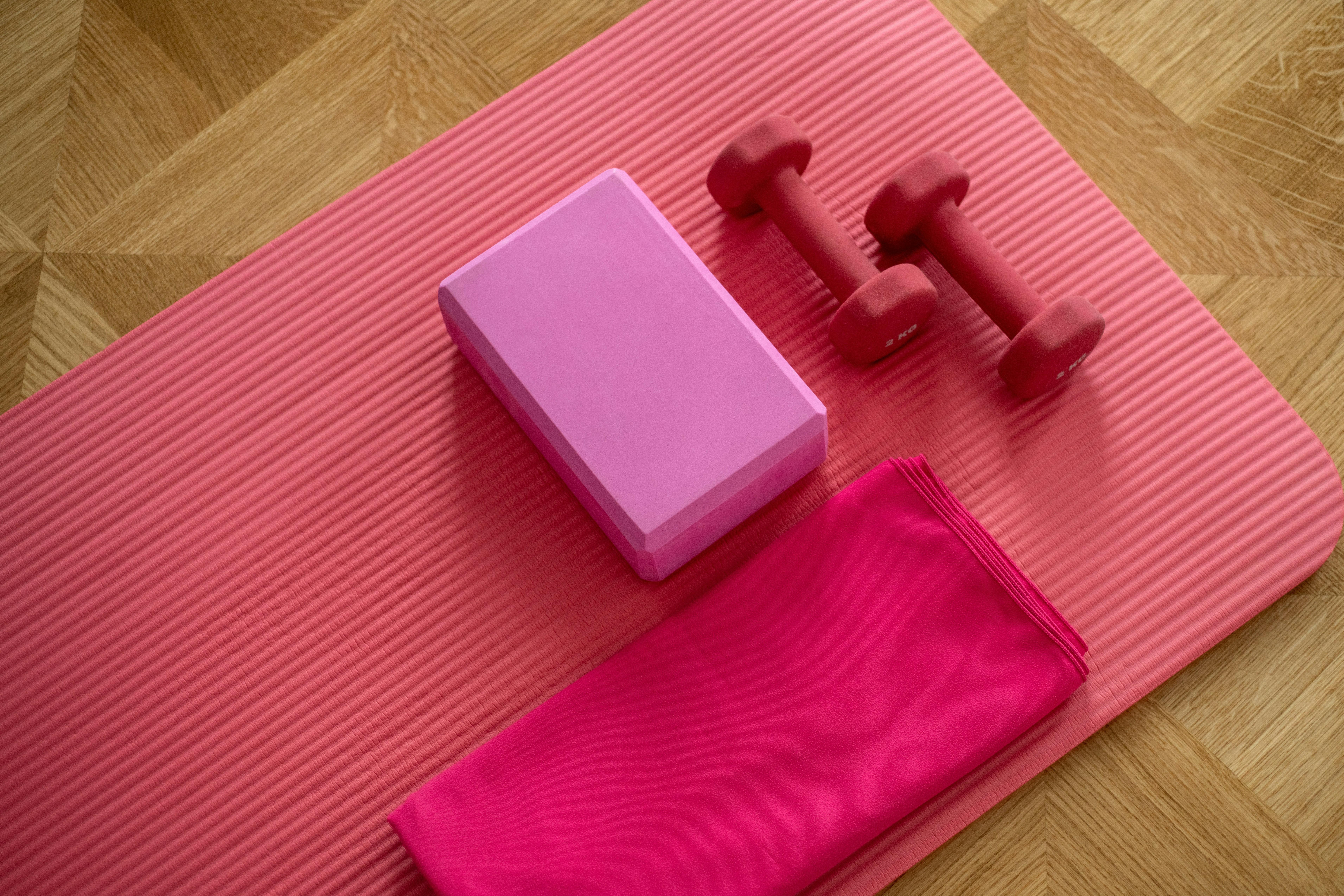In the quest for optimal muscle growth, fitness enthusiasts often find themselves at a crossroads: is relying solely on bodyweight exercises sufficient, or is weight training an indispensable component? This question has sparked considerable debate within the fitness community, with compelling arguments on both sides. Understanding the nuances of each approach is crucial for tailoring a regimen that aligns with individual goals and capabilities. In this article, we will delve into the mechanics of muscle development, evaluate the efficacy of bodyweight exercises versus traditional weight training, and provide insights to help you make informed decisions on your fitness journey.
Understanding Muscle Growth: Bodyweight vs. Weight Training
When it comes to building muscle, the debate between bodyweight exercises and weight training is a common one. Both methods can be effective, but their impact varies based on individual goals and preferences. Bodyweight exercises like push-ups, pull-ups, and squats utilize your own mass to create resistance, promoting strength and muscle endurance. These exercises are highly accessible and can be performed anywhere, making them ideal for those who prefer a minimalist approach. They engage multiple muscle groups, improve balance, and enhance flexibility.
On the other hand, weight training allows for progressive overload, a crucial factor in muscle hypertrophy. By gradually increasing the weight, you continuously challenge your muscles, promoting growth. This method provides precise control over resistance levels, making it easier to target specific muscle groups. While weight training often requires access to equipment or a gym, it offers unparalleled versatility. Consider the following:
- Progressive Overload: Essential for muscle growth; easier to achieve with weights.
- Muscle Isolation: Weights allow targeted muscle work, enhancing specific areas.
- Accessibility: Bodyweight exercises can be performed anywhere, requiring no equipment.
- Versatility: Weight training provides a wide range of exercises for all muscle groups.
 Bodyweight Exercises for Muscle Development”>
Bodyweight Exercises for Muscle Development”>
Evaluating the Effectiveness of Bodyweight Exercises for Muscle Development
When considering the efficacy of bodyweight exercises for muscle growth, it’s essential to assess their potential compared to traditional weight training. Bodyweight exercises, such as push-ups, pull-ups, and squats, offer a myriad of benefits:
- Accessibility: No equipment is needed, making them ideal for home workouts.
- Functional Strength: Enhances real-world movements and improves overall body coordination.
- Core Stability: Engages multiple muscle groups, promoting core strength.
However, to maximize muscle development, progressive overload is crucial. While bodyweight exercises can be adapted with variations to increase intensity, weight training provides a straightforward approach to progressively challenge muscles by simply adding more weight. For those aiming for significant hypertrophy, integrating both methods can yield the best results. By combining the versatility of bodyweight movements with the intensity of weight training, individuals can create a balanced and effective workout regimen.
 Weight Training: When and Why It Matters”>
Weight Training: When and Why It Matters”>
Incorporating Weight Training: When and Why It Matters
While bodyweight exercises are fantastic for building foundational strength, incorporating weight training can take your fitness journey to the next level. Weight training offers progressive overload, a key principle for muscle growth. By gradually increasing resistance, whether through free weights or machines, you challenge your muscles in ways bodyweight exercises alone might not achieve.
Here’s why it matters:
- Enhanced Muscle Hypertrophy: Lifting weights can lead to increased muscle size, which is difficult to achieve with bodyweight exercises alone.
- Improved Bone Density: Resistance training is crucial for strengthening bones and preventing osteoporosis.
- Balanced Strength: Target specific muscle groups more effectively, correcting imbalances that might develop from bodyweight-only routines.
- Variety and Motivation: Introducing weights can keep your workouts fresh and engaging, preventing plateaus.
Integrating weight training into your regimen not only complements bodyweight exercises but also accelerates muscle growth and overall strength.

Crafting a Balanced Fitness Regimen for Optimal Muscle Gain
Building muscle is a multifaceted journey that involves more than just choosing between bodyweight exercises and weight training. Bodyweight exercises can indeed contribute significantly to muscle growth, especially for beginners or those looking to improve functional strength. These exercises, such as push-ups, pull-ups, and squats, offer benefits like:
- Improved core stability
- Enhanced flexibility
- Increased endurance
However, for those aiming for substantial hypertrophy, weight training often becomes essential. This approach allows for progressive overload, a key principle in muscle building, enabling you to incrementally increase the resistance and stimulate muscle growth. Weight training also provides:
- Targeted muscle isolation
- Greater variation in exercises
- Potential for higher intensity workouts
Ultimately, a balanced regimen that incorporates both bodyweight and weight training exercises can optimize muscle gain, offering the best of both worlds.





